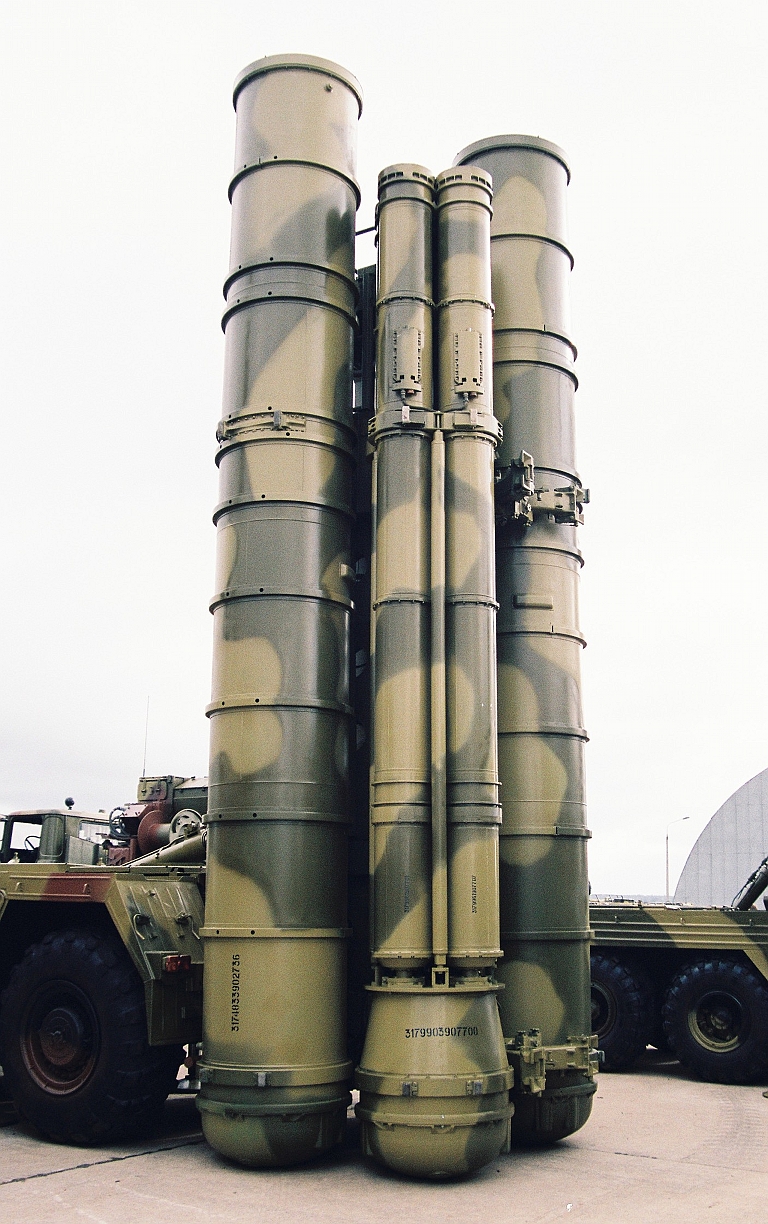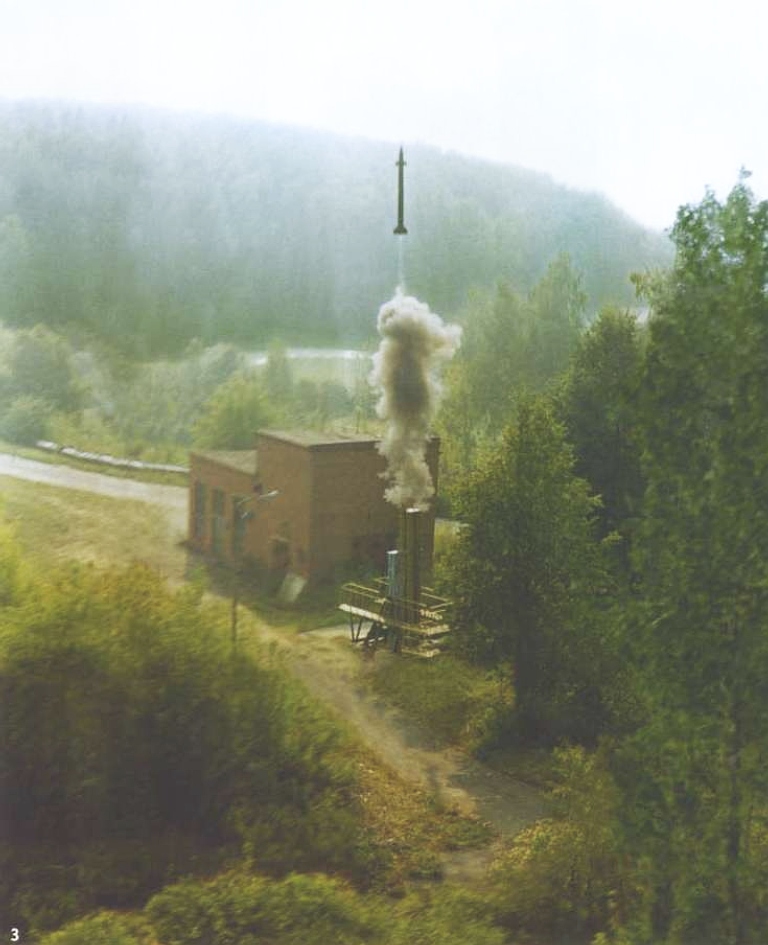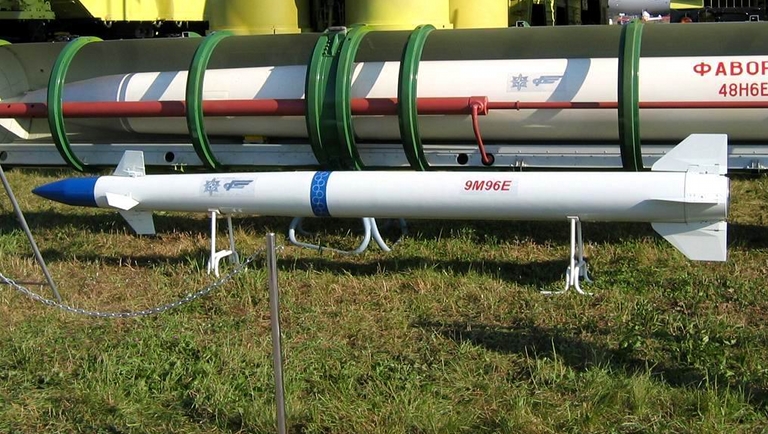August is Fun
BANNED

- Joined
- Mar 13, 2018
- Messages
- 116
- Reaction score
- 0
- Country
- Location
Final signing in a few days.

Follow along with the video below to see how to install our site as a web app on your home screen.
Note: This feature may not be available in some browsers.



Final signing in a few days.

S400 again failed in Syria,any explanations?

Great info.
9M96E and 9M96E2 (Almaz-Antey).
Tor M1/M2, Tunguska M and Pantsir S/S1 series.
Some sources have credited the 9M96E/9M96E2 missiles to the S-300PMU1 and S-300PMU2 Favorit, which appears to have been the demonstration platform for prototypes of these missiles. Integration of these missiles on either of these systems will not present any challenges, due to backward compatibility in TELs and the use of a datalink supported active radar terminal seeker. To date there have been no disclosures on domestic production or export sales of the 9M96 series. Russia media reports in 2010 indicated that production may soon commence for use on S-400 systems, using a new four chamber launcher/container design with an identical form factor to the standard 48N6 design.

S-400 5P85SE demonstrator TEL with quad 9M96E launch tubes. This design may be replaced in production with a four chamber design in the same form factor as the 48N6 launch tube (image © Miroslav Gyűrösi).

9M96E series missile test launch (Fakel).

9M96E missile at MAKS 2005 (© 2005, Said Aminov).
5N62VE Square Pair FMCW guidance and illumination radar. Given that the Russian S-200 inventory and missile warstock has been decommissioned and exported, if this capability is retained, it is for export clientele.
If software and datalink modems are supplied in production S-400 systems to support the S-200 / SA-5, this raises the question of potential hybridisation with other legacy SAM types. With most potential export clientele already operating legacy SAM systems such as the S-75M/SA-2 Guideline, S-125/SA-3 Goa and 3M9/9M9/SA-6 Gainful, this could prove to be an attractive marketing tool. The model claimed for the S-200/SA-5 would likely be applied, using the SNR-75 Fan Song, SNR-125 Low Blow or 1S91 Straight Flush to guide the missiles to an aimpoint produced by the 92N6E Grave Stone tracking the target, and in the latter instance, provide terminal phase illumination. The key issue of reconciling location errors between the various system components can be addressed by satellite navigation, with dual mode GPS/Glonass receivers already widely used in Russian equipment. The use of the NK Orientir precision geolocation and angular alignment system in the S-300PMU2 and S-400 presents a good example.
The 2008 VKO paper by Lemanskiy et al of Almaz-Antey described the capability to control a range of S-300P variant batteries, and other contemporary IADS elements, but did not elaborate on legacy SAM system integration.
Production and Exports, Further Development
The first S-400 battery achieved IOC status during the 2007-2008 period, and further batteries were being delivered to Russian PVO units since. Russian media reports indicate delays in delivery against initially planned schedules, which is not unusual for new designs.
The S-400 is being actively marketed for export. The first export client for the S-400 will be Belarus, with reports emerging early in 2009 that a delivery of multiple batteries had been negotiated.
Recently claims have emerged in Russia of a follow-on derivative of the S-400 Triumf, designated the 40N6M Triumfator M, including claims that the 5P90S and 5P90TMU TELs would be used. To date there have been no formal disclosures detailing this variant.

S400 again failed in Syria,any explanations?

I guessed India should have selected MIM Patriot or THAAD.https://www.usatoday.com/story/news...defenses-failed-intercept-missiles/537126002/
Syria is equipped with a relatively sophisticated air defense system, but a lack of training, command and control and other human factors are probably responsible for the failure, analysts said.
“It’s not just about the physical capability of the air defense system,” said David Deptula, a retired, three-star Air Force general. “It’s about the people who are operating the system.”
India is getting NASAMS II for sure. Raytheon is negotiating with Indian Government to protect capital city New Delhi. Arrow is for Indian Navy but Indian Army should select Arrow as GBAD.Indian Air Defense is getting a major boost in couple of years by 2021/22 following systems will be fully deployed in hot zones.
ABM layer:
AAD
PAD
S-400 <Partially>
Anti Aircraft/Cruise Missile:
S-400
Barak-8 or MRSAM Units
Aakash MK1/MK2
NASAM<Aim-120 C/D>
Spyder<Python4/5>
QRSAM
It will be a major challenge for enemy air forces to operate.
S400 again failed in Syria,any explanations?

No one missile was fired in Syria..... so no fail.S400 again failed in Syria,any explanations?

I think it's a old video.Russian glorified S-400 SAM failed to launch interceptor missiles: https://www.globaldefensecorp.com/2...00-sam-failed-to-launch-interceptor-missiles/
